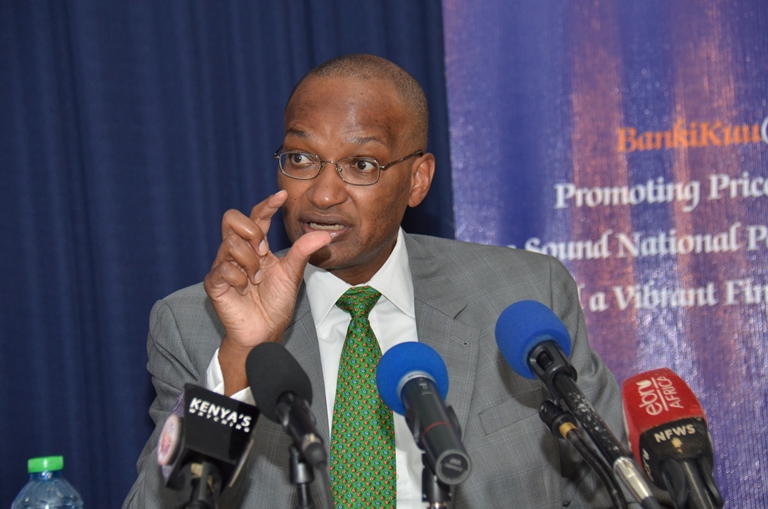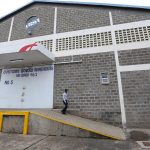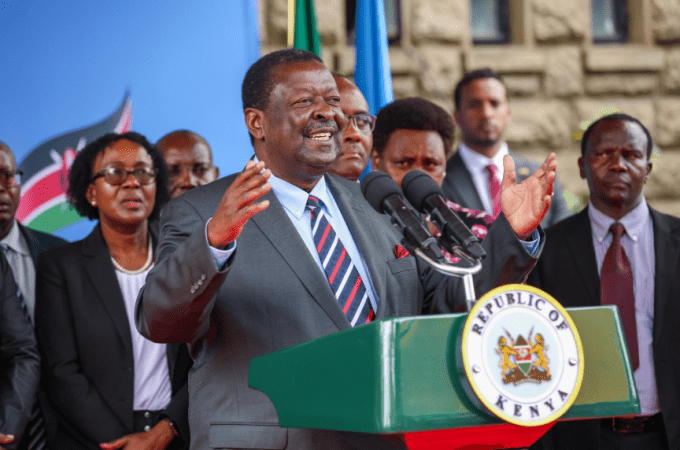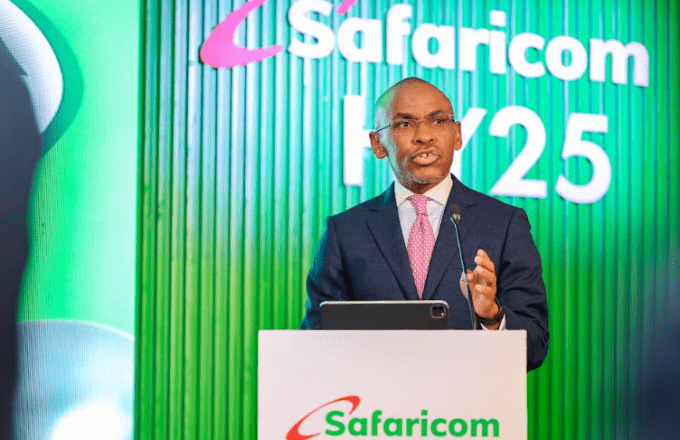The Monetary Policy Committee (MPC) on Wednesday retained its signal rate at 9.00%, saying inflation expectations remained well anchored within the target range, and that the economy was operating close to its potential.
“The MPC concluded that the current policy stance remains appropriate, and will continue to monitor any perverse response to its previous decisions. The Committee therefore decided to retain the CBR at 9.00 percent. The MPC will continue to closely monitor developments in the global and domestic economy, and stands ready to take additional measures as necessary,” MPC Chairman Dr Patrick Njoroge said in a statement.
The meeting was held against a backdrop of domestic macroeconomic stability, sustained optimism on the economic growth prospects despite the delayed onset of the long rains in parts of the country, a gradual rise in international oil prices and the weakening of global growth.
He said month-on-month overall inflation remained within the target range in January and February 2019, largely due to stable food prices, lower electricity and fuel prices, and muted demand driven inflationary pressures.
“Overall inflation declined to 4.1 percent in February from 4.7 percent in January. Non-food-non-fuel (NFNF) inflation remained below 5 percent, indicating that demand pressures in the economy were muted. The rise of international oil prices may exert moderate upward pressure on prices of fuel. However, overall inflation is expected to remain within the target range in the near term, in part due to adequacy of food supplies and lower electricity prices with the reduced usage of expensive power sources,” added Dr Njoroge.
Njoroge, who is also the Central Bank of Kenya Governor, said the foreign exchange market has remained stable supported by the narrowing of the current account deficit to 4.7 percent of GDP in the 12 months to February from 5.5 percent in February 2018, noting this reflects robust performance of exports particularly horticulture, resilient diaspora remittances, and higher receipts from tourism and transport services. Additionally, growth in imports slowed mainly due to lower imports of food and machinery. The current account deficit is expected to narrow to 4.8 percent of GDP in 2019 from an estimated 4.9 percent in 2018.
He said the CBK foreign exchange reserves, which currently stand at USD8,251 million (5.3 months
of import cover), continue to provide adequate cover and a buffer against short-term shocks in
the foreign exchange market.
Private sector credit grew by 3.4 percent in the 12 months to February, compared to 3.0
percent in January. Strong growth in private sector credit was observed in finance and insurance (13.1 percent); consumer durables (16.2 percent); manufacturing (7.7 percent); and trade (6.4 percent). Private sector credit growth is expected to strengthen in 2019, with the anticipated higher economic activity and improved lending to the Micro Small and Medium Enterprises (MSMEs).
The meeting was the first to be held since the March 14 High Court ruling relating to interest rate caps
under Section 33B of the Banking Act.
While taking note of the ruling, which gave Parliament a 12-month window to address the unconstitutionality of the rate cap regime, the MPC, nevertheless, stressed that interest rate caps severely constrain the formulation, conduct and effectiveness of monetary policy.
“Further, these interest rate caps have hampered access to credit by growth sectors, particularly MSMEs,” he said.
Njoroge added the banking sector remains stable and resilient. Average commercial banks’ liquidity and capital adequacy ratios stood at 49.8 percent and 18.1 percent, respectively, in February. The
ratio of gross non-performing loans (NPLs) to gross loans stood at 12.8 percent in February
compared to 12.0 percent in December 2018, reflecting increases in NPLs mainly in the trade,
real estate and transport and communications sectors.
Read: Social media: Where brands score points or get buried
This reflected delayed payments by both public and private sector entities, and slow uptake of housing units. However, banks continue with mitigation measures to address the increase in NPLs, including recovery efforts, he said.












1 Comment